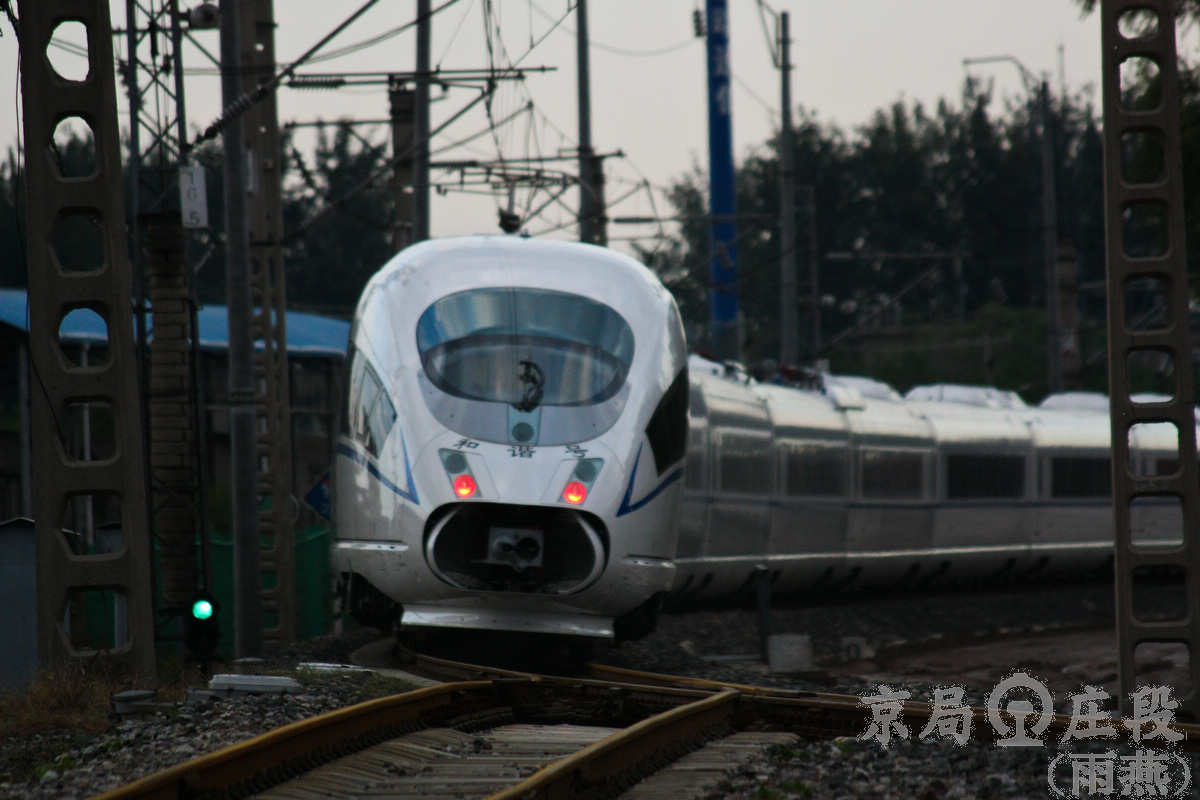(Source: Fast Company)

A new report from the American Public Transportation Association counters the GOP strategy on high-speed rail and turns the anti-HSR rhetoric argument on its head by saying it is in fact good for the economy. This report focuses on key issues critical to private investors as they consider investments or future expansion into businesses serving the growing passenger rail markets.
Here is the crux of the report as explained by the Fast Company: High-speed rail can be a huge driver of jobs and economic growth, and the government has already committed to at least $10 billion worth of spending, with plans for tens of billions more in the coming years.
The report, “The Case for Business Investment in High-Speed and Intercity Passenger Rail” (PDF) by the American Public Transportation Association finds that in addition to the obvious, but temporary, construction jobs, the benefits ripple out throughout an economy. Most importantly, for each $1 billion spent on train construction, 24,000 permanent jobs are created. That’s a mere $41,667 per job, which looks downright cheap when you’re staring down 9% unemployment.
The California High-Speed Rail Authority estimates that building a high-speed rail link between L.A. and San Francisco would result in 600,000 construction jobs and 450,000 permanent new jobs. There are currently 2.2 million unemployed people in the state; high-speed rail would halve its unemployment rate.
Click here to read the Fast Co. analysis.

Shown below is the APTA presser accompanying this report.
New report shows tangible economic benefits of investments in building a 21st century rail system
Washington, DC – April 6, 2011 –The American Public Transportation Association (APTA) released a report detailing the enormous impact high-speed and intercity passenger rail projects will have in driving job development, while also rebuilding America’s manufacturing sector and generating billions of dollars in business sales. This report focuses on key issues critical to private investors as they consider investments or future expansion into businesses serving the growing passenger rail markets.
The report, “The Case for Business Investment in High-Speed and Intercity Passenger Rail” reinforces the point that investments in high-speed and intercity rail will have many direct and indirect benefits. Nationally, due to proposed federal investment of high-speed rail over a six-year period, investment can result in supporting and creating more than 1.3 million jobs. This federal investment will be the catalyst for attracting state, local and private capital which will result in the support and creation of even more jobs.
According to this new report, investments in building a 21st century rail system will not only lead to a large increase in construction jobs, but to the sustainable, long-term growth of new manufacturing and service jobs across the country.
“It is evident that investing in high-speed and intercity rail projects presents one of the clearest and fastest ways to create green, American jobs and spur long-term economic growth,” said APTA President William Millar. “Investing in high-speed rail is essential for America as we work to build a sustainable, modern transportation system that meets the environmental and energy challenges of the future.”
APTA noted for each $1 billion invested in high-speed rail projects, the analysis predicts the support and creation of 24,000 jobs.
In addition to the thousands of new construction jobs, investments in high-speed rail will jumpstart the U.S. economy. The Economic Development Research Group for the U.S. Conference of Mayors studied the business impact of high-speed rail investment in different urban regions. For example, in Los Angeles, CA, high-speed rail investment generates $7.6 billion in business sales and $6.1 billion in Chicago, IL.
“Federal high-speed rail investment is a strong driver in getting private companies to invest,” said Kevin McFall, Senior Vice President at Stacy and Witbeck Inc., a leading public transit construction firm. “This program can be a shot in the arm for the manufacturing industry. These high-speed rail projects will give us the opportunity to put people to work building the rail infrastructure this country desperately needs.”
“U.S. businesses have been known for their cutting edge technologies and innovations, said Jeffrey Wharton, President of IMPulse NC. “We need to put this expertise to work, providing business and employment opportunities while catching up with the rest of the world in high-speed rail and its associated benefits.”
“We are excited about the prospect of putting Americans to work building the rail tracks and equipment that will keep America’s economic recovery moving forward,” said Charles Wochele, Vice President for Industry and Government Relations at Alstom Transport. “We look forward to partnering with the federal and state governments to ensure these projects get off the ground.”
Here is a related article (and some interesting comments to go with it) I posted a couple of days ago.







